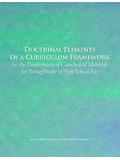Transcription of curriculum design template - San Francisco State University
1 BANDL curriculum design Tools, page 1 BANDL curriculum design Tools, page 1 BANDL curriculum design Tools, page 1 BANDL curriculum design Tools, page 1 BANDL curriculum design Tools, page 1 Bay Area School Reform CollaborativeBay Area School Reform CollaborativeBay Area School Reform CollaborativeBay Area School Reform CollaborativeBay Area School Reform CollaborativeInquiry in curriculum DesignInquiry in curriculum DesignInquiry in curriculum DesignInquiry in curriculum DesignInquiry in curriculum design (October 5, 1999 revision)Inquiry is an activity we engage in every day.
2 We ask questions ofourselves and others in our quest for understanding. In our owninquiries we seek understanding by engaging in daily activities, workingon projects, or performing tasks. These are some of the ways we areconstantly curriculum design , teachers can make use of the many forms ofinquiry to promote understanding for our students. What questionsreally engage students? What questions will help frame a course ofstudy? What questions do students want to explore? What contentis worth learning?We use the word inquiry when discussing curriculum design to make aslight distinction from other forms of instructional planning.
3 We wish tosimply emphasize the importance of questions in the design of questions are used strategically, they help frame ideas, lead tonew ideas, and promote a person who has questionscan have curriculum design Tools, page 2 BANDL curriculum design Tools, page 2 BANDL curriculum design Tools, page 2 BANDL curriculum design Tools, page 2 BANDL curriculum design Tools, page 2 Bay Area School Reform CollaborativeBay Area School Reform CollaborativeBay Area School Reform CollaborativeBay Area School Reform CollaborativeBay Area School Reform CollaborativeUnit design Work Sheets & Support MaterialsUnit design Work Sheets & Support MaterialsUnit design Work Sheets & Support MaterialsUnit design Work Sheets & Support MaterialsUnit design Work Sheets & Support MaterialsUnit design WorksheetsOverviewOverviewOverviewOvervi ewOverviewOverview of the Planning Process.
4 3 Unit design Cover 4 Unit design Blueprint ..5 Stage 1 Stage 1 Stage 1 Stage 1 Stage 1 Topic Stickie Planning ..6 What is really important to know ?..7 Essential Question & Understanding .. 8 Unit Question(s) & Understanding .. 9 Stage 2 Stage 2 Stage 2 Stage 2 Stage 2 Assessment: Determine Acceptable Evidence .. 10 Two Different Approaches To Designing Learning ..11 Collecting Evidence of 12 Construction Of A Performance 13 Construction Of An Academic 14 Scoring Rubrics .. 15 Stage 3 Stage 3 Stage 3 Stage 3 Stage 3 Learning Experiences and Activities (WHERE).
5 16 Learning Experiences and Stickie MaterialsSupport MaterialsSupport MaterialsSupport MaterialsSupport MaterialsPrint Resources .. 14 Online Resources ..15 BANDL curriculum design Tools, page 3 BANDL curriculum design Tools, page 3 BANDL curriculum design Tools, page 3 BANDL curriculum design Tools, page 3 BANDL curriculum design Tools, page 3 Bay Area School Reform CollaborativeBay Area School Reform CollaborativeBay Area School Reform CollaborativeBay Area School Reform CollaborativeBay Area School Reform CollaborativeStage 1 - Identify Desired ResultsWhat should students know , understand , and be able to do?
6 What is worthunderstanding? What enduring understandings are desired? In this stage we consider our goals and identify the understandings for a unit of 2 - Determine Acceptable EvidenceHow will we know if students have achieved the desired results and met thestandards? What will we accept as evidence of student understanding andproficiency?Planning backwards suggests that we think about a unit or course in terms of the col-lected assessment evidence needed to document and validate that the desired learninghas been achieved.
7 It is not simply content to be covered or a series of learning activi-ties. This approach helps us develop learning activities for students that are more likelyto demonstrate their understanding of the 3 - design Learning Experiences and InstructionWhat prerequisite knowledge and skills will students need in order to performeffectively and achieve desired results? Given the performance goals, whatneeds to be taught and coached? How will that be done? What materials and re-sources are best suited to accomplish these goals?
8 Is the overall design coherent andeffective?With clearly identified results and appropriate evidence of understanding in mind, it is nowtime to plan instructional activities. The specifics of instructional planning choices aboutteaching methods, sequence of lessons, resource materials, etc. occur after the goalsand assessments are is a means to an end. (Grant Wiggins & Jay McTighe, Understanding by design )Planning BackwardsPlanning BackwardsPlanning BackwardsPlanning BackwardsPlanning Backwards Begin with the end in mind.
9 Begin with the end in mind. Begin with the end in mind. Begin with the end in mind. Begin with the end in mind. -Steven Covey-Steven Covey-Steven Covey-Steven Covey-Steven CoveyThere are three big chunks tothe design a unit of study. Wecall them the three stages begin by thinking about theend learning goal for learning will take place as aresult of this unit of study?Then we design our assessmentsto align with the learning , we plan instruction andclassroom experiences forstudent Overview of the Planning ProcessAn Overview of the Planning ProcessAn Overview of the Planning ProcessAn Overview of the Planning ProcessAn Overview of the Planning ProcessBANDL curriculum design Tools, page 4 BANDL curriculum design Tools, page 4 BANDL curriculum design Tools, page 4 BANDL curriculum design Tools, page 4 BANDL curriculum design Tools.
10 Page 4 Bay Area School Reform CollaborativeBay Area School Reform CollaborativeBay Area School Reform CollaborativeBay Area School Reform CollaborativeBay Area School Reform CollaborativeUnit TitleSubject(s)Grade Level(s)Designed bySchoolStandard(s)Narrative Summary(Write a brief summary for teachers that explains how to incorporate this assignment into theirclass and why its important. What are the goals of this unit? How are they linked to the essentiallearnings by design ?)Time Allocation(How long will it take to complete the unit?)

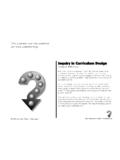
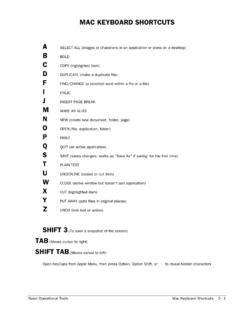


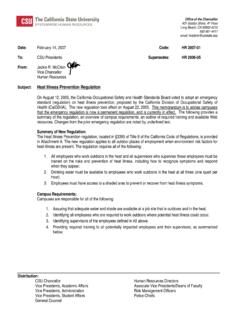


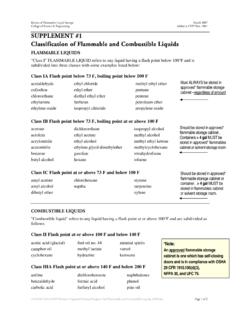


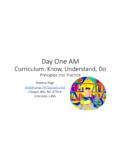
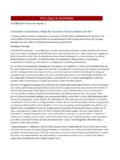
![The Ontario Curriculum, Grades 1-8, Language [revised] 2006](/cache/preview/d/5/3/5/d/c/7/4/thumb-d535dc7439a04910d8a17bf7f1d6b83f.jpg)
